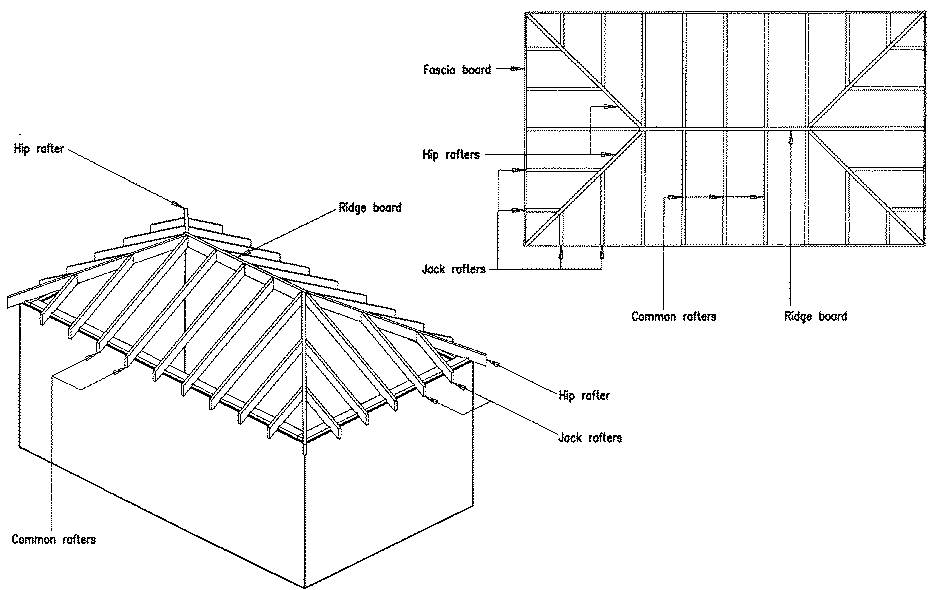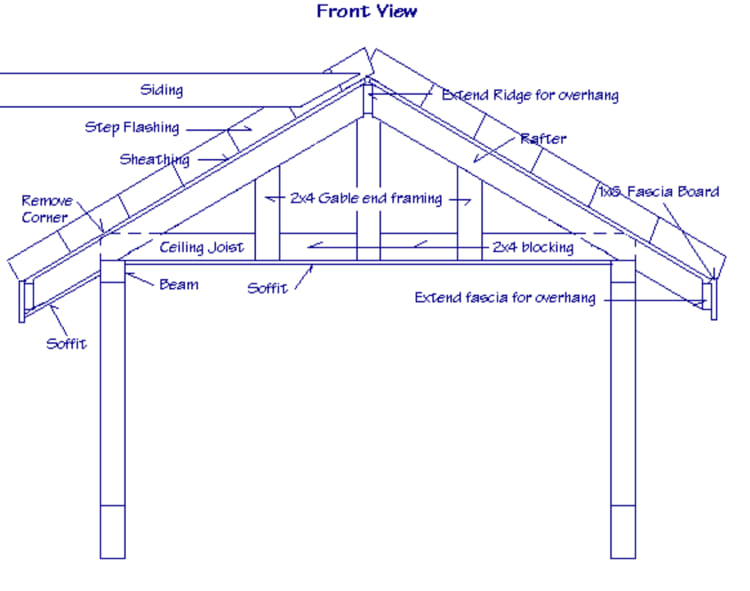When it comes to designing a building, a successful structural roof plan is essential. It not only ensures the safety and stability of the building but also plays a significant role in its overall appearance. A well-planned structural roof procedure is the key to achieving an attractive, functional, and safe roof architecture. In this article, we will discuss the key elements that make up a successful structural roof plan.
Roof Geometry
The first and most crucial element of a successful roof architecture plan is roof geometry. The shape and slope of a roof play a critical role in determining its overall appearance and functionality. A skilled architect should consider the building’s purpose, the climate, and the aesthetic aspects of the roof when designing the roof geometry. For example, a steeply sloped roof is best suited for areas with heavy snowfall, while flat roofs are ideal for hot and dry climates.
Roof Materials
The selection of roof materials is another essential element of a successful structural roof project. The materials used for the roof can significantly impact its functionality, longevity, and appearance. Common roofing materials include asphalt shingles, metal, clay tiles, and slate. Each material has its pros and cons, and the architect should consider the building’s climate, budget, and aesthetic goals when selecting the appropriate roofing material.
Roof Load-Bearing Capacity
The third key element of a successful roof plan is load-bearing capacity. The roof must be able to withstand the weight of the roofing materials, as well as any environmental factors such as snow, wind, and rain. The architect must ensure that the roof’s load-bearing capacity meets the building code requirements and is sufficient for the intended use of the building.
Roof Drainage
Roof drainage is another crucial element of a thriving structural roof program. Proper drainage prevents water from pooling on the roof, which can cause leaks and structural damage. The architect should design the roof with sufficient drainage capacity and include gutters, downspouts, and scuppers as needed.
Structural Support
The final element of a victorious structural roof is structural support. The roof must have sufficient support to ensure stability and prevent collapse. The architect must consider the building’s overall structure, the roof load, and the impact of environmental factors on the roof’s support structure.
Conclusion:
A successful structural roof plan requires careful consideration of several key elements, including roof geometry, materials, load-bearing capacity, drainage, and structural support. A skilled architect should prioritize each element to ensure a safe, functional, and visually appealing roof architecture. By taking these elements into account, architects can design roofs that will withstand the test of time and provide long-lasting protection and comfort for the building’s occupants.


